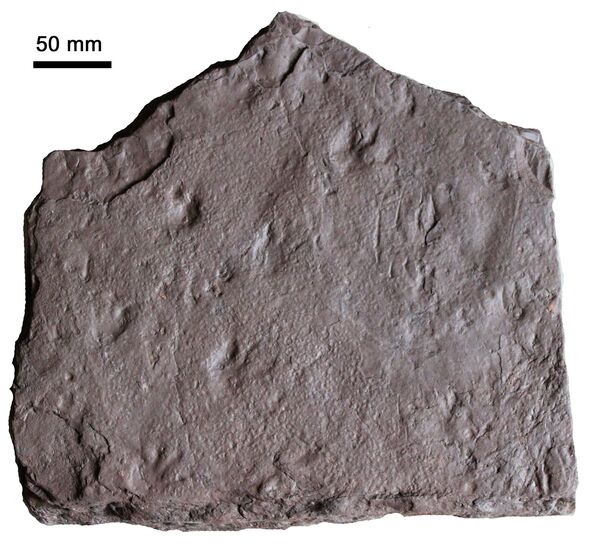ROME–After a four-year investigation, a public prosecutor in Turin has delivered a withering indictment about a controversial stem cell therapy provided by the Stamina Foundation in Italy. The report, issued on Wednesday, describes Davide Vannoni, who introduced the treatment in Italy, as the head of a criminal organization that has defrauded around a thousands patients since 2006 by administering a dangerous and unapproved treatment in exchange for money.
Prosecutor Raffaele Guariniello accuses 19 others as well; they include physicians, members of ethics committees, and directors at three public hospitals where Vannoni treated his patients, as well as the owner of a drug company, two foreign scientists, and the head of the Department of Research and Clinical Trials at AIFA, the Italian Medicines Agency.
Vannoni has asked up to €48,000 euro per treatment and €10,000 per year to store cells extracted from adults and children, says the report; his treatments exposed patients to serious risks, it concludes, including the risk of infection, severe bleeding, spinal cord injury, cancer, and ischemia. The report identifies a series of problems with the treatment. No preclinical and clinical studies were done, for instance; Vannoni’s team processed, handled, and injected cells under non-sterile conditions; and “bovine serum with no specified origin” was used as a culture medium. Patients “were turned into guinea pigs,” the report states.
A judge must now decide whether the accusations warrant a trial. ScienceInsider could not reach Vannoni for comment. In Italian newspaper La Repubblica, Vannoni said that he had expected the charges but said they were unfounded. “I have the documents to prove it and I’ll defend my self; 180 civil judges have already proven us right” by ruling that patients have a right to get the treatment, the paper quoted him as saying.
Vannoni, who has a degree in philosophy and was a psychology professor at the University of Udine, is currently president of the Stamina foundation in Turin. He rose to national fame in Italy in 2012, when a popular TV show named The Hyenas claimed that he had cured people of neuro-degenerative diseases including ALS, Parkinson’s, Alzheimers, as well as several rare diseases affecting both adults and children. Soon, patients began seeking out the therapy.
The treatments were administered at various locations. In 2011, Vannoni signed an agreement with the Spedali Civili Hospital in Brescia to treat 12 patients there. According to the report, some other patients were secretly treated at the Burlo Garofolo Hospital in Trieste. Vannoni also had patients treated in beauty centers in San Marino, a tiny republic surrounded by Italy, and even in the basement of a house in Turin, Guariniello writes.
The 69-page report says Vannoni had a well-developed strategy that aimed to bypass the law on stem cell therapies, take the treatment to public hospitals, get the Italian government to pay for it, and expand the business around the world. In addition, he actively pushed patients to go to court to claim the right to be treated, the report says.
Physicians at the hospital in Brescia were in the dark about the details of the treatment administered there; the report says they used to temporarily leave the lab because a Stamina Foundation biologist “had to add a secret ingredient to the stem cells” that supposedly helped the cells develop into neurons. “What the dossier claims is staggering,” says Michele De Luca, director of the Centre for Regenerative Medicine Stefano Ferrari in Modena, Italy. “It adds a sense of serious danger to the scientific inconsistency of the Stamina method which we were already aware of. We will wait, however, for justice to take its course.”
The report may not be the end for Stamina’s treatment. Italy’s health minister, Beatrice Lorenzin, has already said that a scientific review of the method needs to proceed as planned.
The review is the result of a political intervention. In 2012, AIFA and the National Transplant Center shut down Stamina’s activities after an inspection at the Brescia hospital found several serious problems with the lab and treatment. Following public protests, the Italian Parliament in May 2013 adopted a law ordering the government to design and fund a proper clinical trial of Stamina’s method. In September, however, a panel set up to investigate the method said there was no scientific basis for a trial. (The prosecutor’s report says that the documents Vannoni provided to the panel were produced by a medicine student who relied mainly on Wikipedia.)
Vannoni successfully appealed the committee’s rejection in court, arguing that some of its members weren’t impartial. Lorenzin then nominated a new committee that is set to review the method soon. That panel could still propose a clinical study.
But Amedeo Santosuosso, Chairman of the European Centre for Law, Science and New Technologies of the University of Pavia and a member of the first panel, hopes the saga will end before then. “At this point the minister should have the moral and political strength to take the right decision and put to a definitive end the whole story,” he says. “This is one of the darkest chapters in the history of medicine of this country.”





